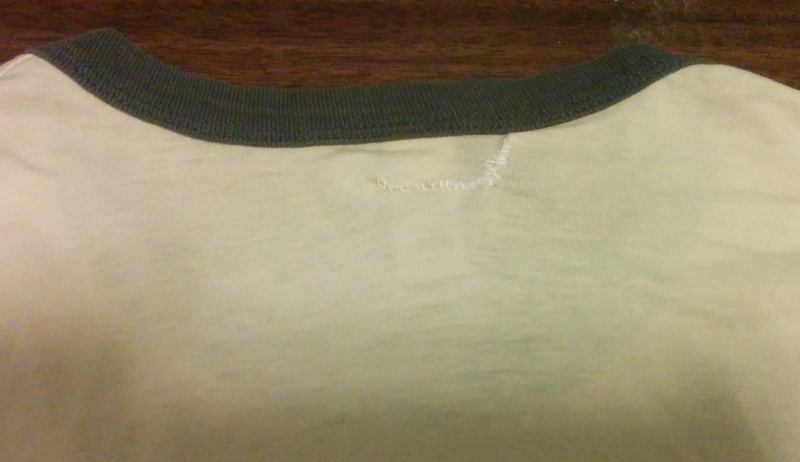Feb 16, 2016
For many years I have been learning Japanese as a hobby. I have spent years watching subtitled anime to get my comprehension higher. Anime's often slow and deliberate speech patterns make it fairly easy to grab words. But the pace at which anime goes if you aren't careful you can forget everything you hear. Of course, you'll be more prepared for conversing and remembering if you've heard something 1000 times rather than once, but that doesn't translate into instant comprehension.
Read more »
by Javantea
Dec 27, 2015
Today I sewed two holes in two shirts. Both shirts have survived a long time but both had become unwearable. By coincidence both shirts were a few sizes too small. Both shirts were worn hundreds of times despite not being the perfect shirt for the task and that is certainly the reason why they came apart after so many years of service. The blue work shirt was made in India in the previous decade and sold by Gap with their brand on it. My brother bought me it so that I would have one dress shirt that I could wear it to interviews. The white ringer was made in Los Angeles by good ol' American Apparel in the previous decade. I bought it from Scarecrow Video in Seattle in the early 2000's. Both are probably a decade old at least. Vintage surely.
Read more »
If you ever accidentally delete /usr/bin/emerge (happened to me when I ran emerge -aC dev-lang/python-exec), don't panic. That file is just a wrapper for /usr/lib/python-exec/python2.7/emerge. So you can fix your system by temporarily using /usr/lib/python-exec/python2.7/emerge.
Yes, it's that simple. This is also a useful way to execute pylint and pyflakes on python3 files while still having your system's default python be python2. Simply run /usr/lib/python-exec/python3.3/pyflakes (substituting whichever version of python you use instead of 3.3) and you're set. Yes, it was actually designed to work that way.
In case you want more to read, read this. In case you're more interested in playing than reading, click here.
Read more »Sono.us: link shortener for the author
AltSci Network: sites by same author
AltSci Blog: Unified blog for Javantea. Search this blog and others by the same author




